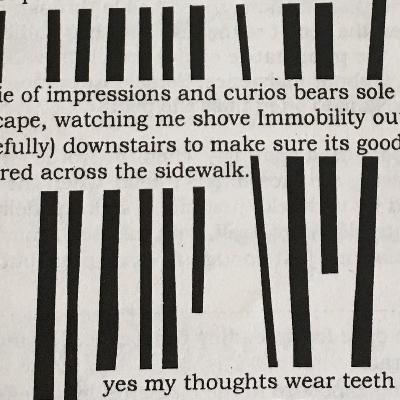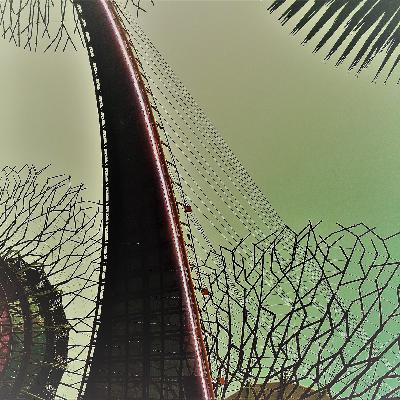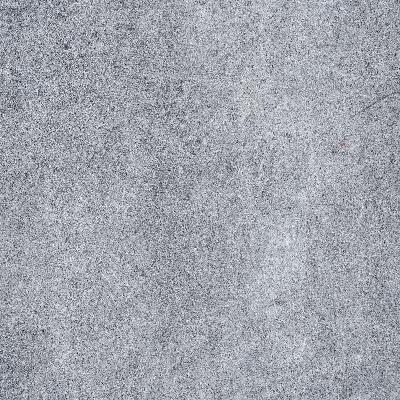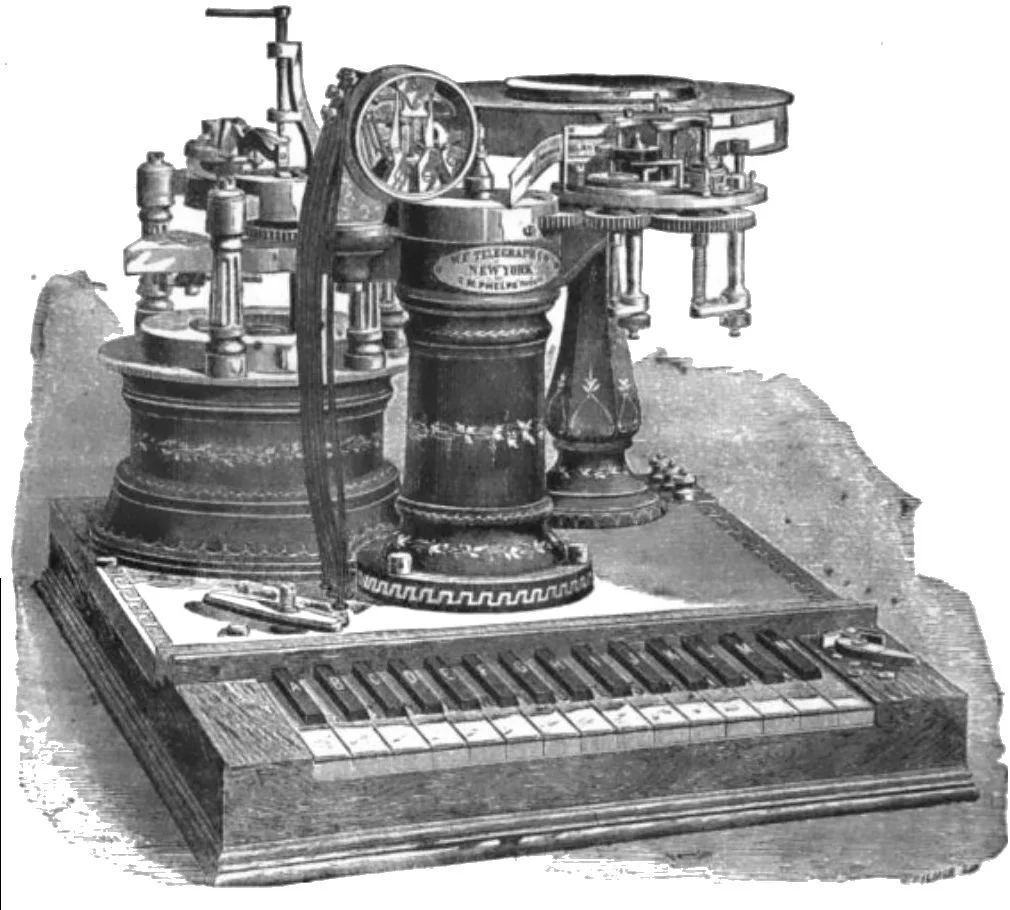Samples from Anodyne - "Was like a soundtrack for me..."
Description
sqs-block-image-figure
intrinsic
">

</figure>
hōp/
1.a feeling. archaic
"he looked through her belongings"
on, want; More
Tape Extracts:
Julie Shapiro: Anodyne was like a soundtrack for me as well. I was always listening to music that was a lot about something to do while I listened to music.
Simon Roche: I'll read it, it says: we don't have to get over everything traumatic we can live with ghosts.
Allyson McCabe: I do think that as somebody who is old enough to have been around sort of in the 90s wave of zines, and even before that, you know most people my age you know they have kids now. And so that's something that kind of comes up is the idea of I think I had said something like, 'I'm telling mom' why does it still work despite generations of evidence to the contrary and just sort of struck me as a sort of truism that would make sense as a zine statement, but also a statement for people who have kids and know exactly what I'm talking about.
Julie: I think it's funny when you're watching bad TV and something profound comes out of a character's mouth that speaks directly to your life situation and you're like no, this can't be happening that the answer is coming from this terrible TV show, NO.
Garrett Tiedemann: I urge you to take advantage of the following offer. If you send me a blank cassette, and some money for shipping and handling, I'll gladly tape for you Connie Francis Sings Jewish Favorites.
Julie: I mean you have to couple this with being in college, being up at all hours, having friends working at Kinko's, that was a huge part of the equation for all zine makers back in the day who would just make your copies for free. I had my friend John who had the overnight shift. You know, my theory was like every Kinko's in America had an overnight shifter wearing Converse high tops. And you would find the person wearing Converse high tops, you would make friends with them, and they would help you make your zine for free. So I could do color copies.
Kinko's had this temporary thing you could do everything in a mono color so you could have green, just like instead of black and white it would be green and white or red and white or blue and white.
Miyuki Jokiranta: And she then promised I think, I think she'd already had the idea that she'd started up again. So I did know that she'd done this in the past, but I think when I first saw the Anodyne, the first image of it online, it didn't calibrate with the picture that I had had in my mind. So, I was pretty curious to see in the flesh.
[Intro Break]
Garrett: Samples from Anodyne. Smile, obey rules, good manners pay.
When a massive star dies leaves behind the small, dense, remnant core.
Allyson: Back in the day, when I would read people's physical zines, papers zines; you know you read it a few times, you get a sense of what the aesthetic is, you know maybe sometimes if it's political what the politics are, musical taste, etc. and you're able to figure out OK you know do I make sense in the context of what I know about this publication. In this case, I wasn't familiar with the paper iteration that existed before so I had only the idea of the prompt.
Tania Ketenjian: It's very empowering I think, in many ways, it's like you don't have to go with the establishment or the established ways of getting something published, you can just do it this way.
Julie: It was really open, total experimentation. I did one, one essay on glow in the dark, things that glow in the dark. And then I had like glow in the dark, I found like glow in the dark stick...make your own stickers. So, like put some of those into all of them. I was very into process I was very into like inserting something into every one. And I loved the folding, I loved the packaging, and the kind of making the stack of things to address, stamps to put on, you know kind of compulsively so that way.
Miyuki: I decided to participate, one because she invited me and that's a very generous gesture. And you can't really turn that down, but two because blank space to me is absolutely terrifying. I just find it just totally paralyzing. And have. For years and will for years to come. And so, of course I had to say yes because there's no other way to deal with paralyzing blank space than staring at it.
Tania: Yeah, I mean I grew up in San Francisco and I I went to a college called Bard and I think that although...and I actually even, I mean, I kind of made a zine when I was in high school. It was called, what was it called, Perusa. which means inquiry I think in like Sanskrit or something. But, then also it was a play on words with perusal like you could just peruse it. So, yeah I was familiar with zines and I actually love sort of the punk nature of zines and the political nature of zines and all that they represent and the countercultureness of it. It's kind of like Pirate Radio
Garrett: White space, two lines, each like a train track. Travel through space. The opposite of what is familiar. Negative descending, the positive, an arrow on which familiarity travels without limits. Familiarity and human likeness.
Julie: For a sort of literary styles. I mean I was really highly influenced by just the general mail art culture for sure. And that was like the Wild West of design and creativity and innovation. And I had a real love for the Fluxus movement. I know like a lot of that, those two kind of artful historical entities really were on my mind a lot during these years and they were communities that I tapped into, other fans of those things and the Fluxus and the mail art were very heavily connected as well so that was kind of a logical bridge.
Interviewer (archive tape): Well George, let's skip back a little bit. How did Fluxus get its start?
George Maciunas (archive tape): First plan was to publish a magazine Fluxus. And that's how the name came about. And we just, like the dictionary meaning, kind of several meanings, which anybody can look up. It was influenced directly by the school of John Cage that he had in the New School where people like George Brecht, Dick Higgins, Jackson Mac Low were taking in 1958 to 59 I think. They were taking a class and all those people later were associated with, well the magazine never came out in time, it came like five or four years after. We started to plan it and we just found it was too costly to do. The concepts was easy to do.
Like Ben Vautier, who has a lot of theater shock pieces as he calls. There would be, for instance, a play going on and on announced all people would come for that play, but the door is locked. Meanwhile the play starts and goes on. And they just, you know, they hear all the noises, but they cannot get in.
There's another audience piece like that, similar, where at the end of the concept we would tell that well the last piece has to be performed in a secret place and we have to take one row at a time to that place.So the usher will take the first row of people, they would follow him and he will just take them down the back exit into the street. Meanwhile the rest, you know, they all sort of drinking in anticipation, what's that next piece? And they'll never know except when they actually go through it.
Julie: There were a few others, zinesters, zine makers at the time that I definitely was close with and some of the formats, you know, shared certain aesthetic qualities. The cut up, the black and white Kinkos, you know, like sort of Kinko's style. But, of course the content was pretty different one to the next.
Charles Bukowski (archive tape): Style. Style is the answer to everything. A fresh way to approach a dull or dangerous thing. To do a dull thing with style is preferable to doing a dangerous thing without it.
Garrett: My performance of childhood; a kind of dark traffic. Men in uniform were posted all along its length. Some had cameras, some had guns. To slip down it's invisible curtains like sheets.
Garrett (on phone): Well, that seems to be something you've really carried with it through, up til now is, like, the important conversation of a community of making stuff. And so the participation in making things is in part to facilitate people coming together.
Garrett: Curtains like sheets tied together and hung out hotel window. Toward itself.
Garrett (on phone): You were saying that the way of mapping this out was sort of a collage effect. So, would that be mostly gluing things down or taping them, I know eventually they reach the copy machine.
Julie: Glue sticks, it was always glue sticks.
The, with the format of Anodyne being the, you know, every other page or every few pages for signs, that to me provides kind of the backbone of each issue. And then a kind of mess of montage and collage could spiral out from that center















